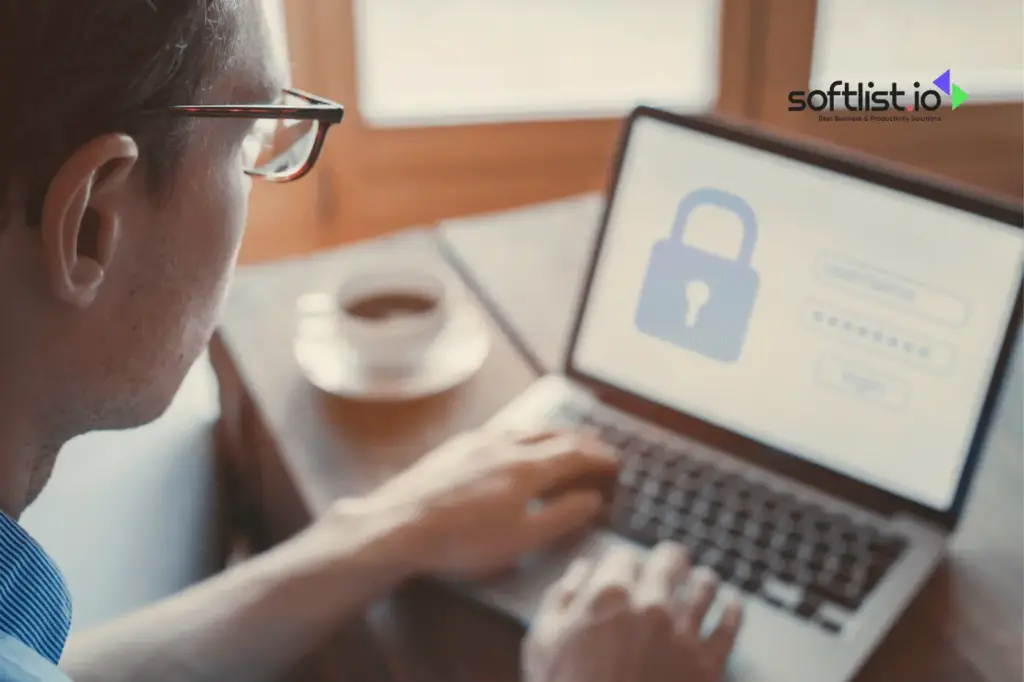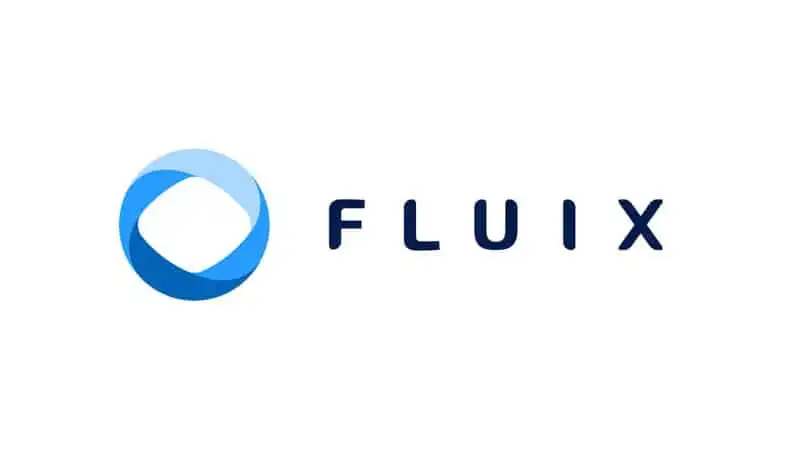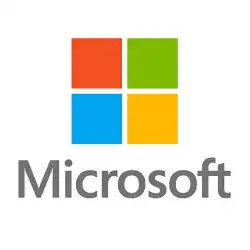Are you tired of risking sensitive data every time you share files online? Everything’s digital now, and ensuring the security of your files is paramount. Yet, with countless file sharing services available, selecting the most secure option can feel like navigating a minefield.
From data breaches to compliance concerns, the consequences of choosing the wrong platform can be devastating. But. with our ultimate checklist, you’ll no longer have to gamble with your organization’s security.
This comprehensive guide can help you navigate the complexities of secure file sharing and safeguard your valuable data.
What Are the Common Security Risks of File Sharing?
Source: Canva Pro
File sharing, while essential for collaboration and data exchange, introduces several data security risks that can lead to data breaches, malware distribution, and other cybersecurity issues. The most common security risks associated with file sharing:
- Data Breaches and Leakage: When files are shared, especially via unsecured or improperly managed platforms, there’s a risk of sensitive information falling into the wrong hands. This can result from inadequate access controls, where users accidentally or intentionally share files with unauthorized individuals.
- Malware and Viruses: File sharing can be a vector for malware, including viruses, worms, and ransomware. Malicious software can be embedded in seemingly innocuous files, which can infect their device or network when opened by the recipient.
- Inadequate Access Controls: Without proper access controls, sensitive files may be accessible to unauthorized users. This can occur through misconfigured permissions or the failure to revoke access when it’s no longer needed.
- Phishing Attacks: Cybercriminals often use file sharing as a pretext for phishing schemes, tricking users into downloading files or clicking on links that appear legitimate but contain malicious content or lead to fraudulent websites.
- Insider Threats: The ease of sharing files can also pose a risk of insider threats, where employees or partners with access to sensitive data maliciously or carelessly share it without authorization.
- Unsecure Transmission: Files shared over unencrypted connections can be intercepted by cybercriminals. This is particularly concerning when sensitive data is transmitted over public or insecure networks.
- Compliance Violations: For businesses in regulated industries, improper file sharing practices can lead to violations of compliance standards like GDPR, HIPAA, or PCI DSS, resulting in hefty fines and legal issues.
- Data Loss: There’s also the risk of data loss through accidental deletion or overwriting of files without proper backup solutions in place. This can lead to significant business disruptions and data recovery costs.
Features of a Secure File Sharing Service
Secure file sharing services are designed to ensure that your files and data are safely transferred and accessed over the Internet.
When evaluating such a service, several key features are paramount to guaranteeing the security and integrity of your data. It should not only facilitate seamless large file transfers and provide ample free storage space but also have these security features.
Encryption
Encryption is the first line of defense in a secure file sharing service. It scrambles your files, making them unreadable to unauthorized users. Data should be encrypted both in transit (as it moves across the internet) and at rest (while stored on servers).
This dual-layer encryption ensures that even if data is intercepted or a server is compromised, the information remains protected and inaccessible without the proper decryption key.
Access Controls
Access control mechanisms allow you to specify who can view, edit, or share your files. These controls can be set at varying levels of granularity, from broad group-based permissions to individual user access.
By implementing strict access controls, you ensure that only authorized personnel can interact with sensitive information, significantly reducing the risk of accidental or intentional data leaks.
Two-Factor Authentication (2FA)
Two-factor authentication adds an additional layer of security by requiring a second form of verification beyond just a password. This can be a text message, an email with a code, a biometric factor like a fingerprint, or an authentication app.
2FA ensures that even if a password is compromised, unauthorized users will have a significantly harder time accessing your files.
Audit Logs
Audit logs record every action taken within the file sharing system, including file access, modifications, and sharing activities. This feature is crucial for tracking the movement of sensitive data, investigating security incidents, and ensuring compliance with regulatory requirements.
Organizations can identify suspicious behavior patterns and take corrective actions promptly by maintaining detailed records.
Data Loss Prevention (DLP)
Data loss prevention technologies help monitor and control the transfer of sensitive information outside the organization. DLP can automatically detect and block the sharing of files containing confidential data, such as personal identification numbers, financial information, or intellectual property.
This feature helps prevent accidental data leaks and ensures that critical information remains within secure parameters.
Compliance with Standards
For many industries, compliance with regulatory standards (such as GDPR, HIPAA, or SOC 2) is not optional.
A secure file sharing service should adhere to these standards, providing features like data sovereignty, where data is stored in specific geographic locations, and ensuring that data handling practices meet the required security and privacy benchmarks.
User-Friendly Interface
While not directly a security feature, a user-friendly interface is essential for ensuring that all the security features are accessible and used correctly by everyone. Complex systems are prone to user error, which can inadvertently compromise security.
Moreover, a straightforward, intuitive interface ensures that users can securely share files without needing extensive training or risking misuse of the system.
Methods to Share Files Safely and Securely

Source: Canva Pro
Sharing files safely and securely involves using methods that protect data from unauthorized access, interception, and theft. These are several methods to consider for secure file sharing, each with its own set of features to meet different security needs.
Use of Encrypted File-Sharing Services
Many cloud-based file sharing services offer end-to-end encryption to ensure that files are encrypted on the sender’s device and can only be decrypted by the intended recipient.
This method protects the files during transfer and storage, making it difficult for unauthorized parties to access the data.
Cloud storage services like Dropbox, Google Drive, and Microsoft OneDrive often offer additional security features such as two-factor authentication (2FA) and password-protected links to enhance security further.
Secure Email with Encryption
For smaller file size, encrypted email is a viable option. Services like ProtonMail and Tutanota encrypt emails end-to-end, meaning only the sender and recipient can read the contents.
When using standard email services, consider using email encryption tools that comply with standards like PGP (Pretty Good Privacy) to encrypt attachments for secure transmission.
Virtual Private Network (VPN)
A VPN creates a secure and encrypted connection over a less secure network, such as the internet. Sharing files over a VPN reduces the risk of data interception by encrypting the data traffic between the sender and recipient. This is particularly useful when using unsecured or public Wi-Fi networks.
Secure File Transfer Protocol (SFTP)
SFTP, an extension of the Secure Shell protocol (SSH), provides a secure method for transferring files between systems. Unlike standard FTP, SFTP encrypts both commands and data, preventing passwords and sensitive information from being transmitted in clear text over the network.
Managed File Transfer (MFT)
MFT solutions offer a secure and efficient way to manage file transfers within and between organizations.
These platforms provide encryption, automation, and comprehensive logging of all file transfer activities. MFT is particularly suitable for businesses needing to comply with data protection regulations.
Self-destructing Messages
For sharing sensitive information that should not be stored long-term, consider using self-destructing message services. Platforms like Signal also offer to send messages and files that automatically delete after a set period, reducing the risk of sensitive data being accessed later.
Encrypted USB Drives
When physical file transfer is necessary, encrypted USB drives offer a secure solution. These drives require a password or a decryption key to access the stored data, protecting the contents if the drive is lost or stolen.
Direct Device-to-Device Transfer
Technologies like Bluetooth or Wi-Fi Direct allow for the direct transfer of files between devices without using the internet. While generally secure, it’s important to ensure that the connections are encrypted and that transfers are made in a controlled environment to avoid unauthorized access.
Best Practices for Secure File Sharing

Source: Canva Pro
When sharing files securely, adhering to best practices is crucial to protect your data from unauthorized access and cyber threats. Here’s a brief overview:
- Check Files for Malware: Before sharing files, you should scan them for malware using reliable antivirus software. This step prevents the spread of viruses and protects both you and the recipient from potential security threats.
- Ensure All Software Is Regularly Updated: Keep all your software, especially those used for file sharing and antivirus protection, up to date. Software updates, especially this year 2024, often include patches for security vulnerabilities that, if left unaddressed, could be exploited by cybercriminals.
- Educate Your Team About Cybersecurity: Make sure everyone involved in handling data is aware of the risks and knows how to share files securely. Regular training on cybersecurity best practices can significantly reduce the risk of data breaches.
- Enable Two-Factor Authentication (2FA): For any platform you use for sharing files, enable 2FA. This adds an extra layer of security by requiring a second form of verification, making it harder for unauthorized users to gain access.
- Password-Protect Files: Before sending files, you should password-protect them, especially if they contain sensitive or personal information. This ensures that only the intended recipient, who has the password, can access the file contents or its folder.
- Secure Files With Passwords: Similar to password-protecting individual files, securing files with passwords when storing or sharing them online adds an additional security measure. Use strong, complex passwords and change them regularly.
- Manage Who Can Access Files: Be meticulous about who has access to your files. Use file-sharing services that allow you to set permissions and restrict access to certain users to minimize the risk of unauthorized access.
- Utilize Encryption for Data Protection: Encrypt sensitive files before you share or upload them. Encryption converts your files into a coded format that can only be accessed with the right encryption key, ensuring that your data remains secure during transmission and storage.
Best File Management System
|
3.5
|
3.5
|
3.5
|
Final Thoughts: File Sharing Platform
Ensuring the security of your digital assets requires a careful and informed choice of file-sharing services.
By focusing on platforms with comprehensive security features, you’re taking a significant step towards safeguarding your organization’s sensitive data against the evolving landscape of cyber threats. Remember, the right file management system is a cornerstone of your digital security strategy.
For those ready to elevate their file management system and security practices, we invite you to explore our other posts. Our platform is designed with your security needs in mind, offering robust solutions that meet the checklist criteria for the most secure file-sharing services.
With features tailored to streamline file storage, file sync, and sharing while prioritizing data security, Softlist.io will guide your ultimate choice in file management systems.
Frequently Asked Questions
Are File Sharing Websites Secure?
While file sharing websites offer convenience, their safety varies depending on factors like encryption and security protocols; choosing reputable platforms with robust security measures to mitigate risks is crucial.
Which Is More Safe and Secure SFTP or HTTPS?
Both SFTP and HTTPS are secure protocols, but they employ different security models; HTTPS relies on SSL/TLS encryption and a trusted certificate authority system, while SFTP uses SSH for secure file transfers.
Is Sharefile More Secure Than Dropbox?
Sharefile offers advanced security features like enhanced encryption and granular access controls, making it a preferred choice for organizations compared to Dropbox.
How Can I Ensure the Security of Sensitive Data During File Transfer?
Choose services with secure transfer protocols like SFTP or HTTPS, which encrypt data during transmission to prevent interception or tampering.
How Do I Evaluate a File Sharing Service’s Compliance With Security Standards?
Look for certifications and compliance documentation, and inquire about the platform’s data handling policies to ensure alignment with your organization’s security requirements.









